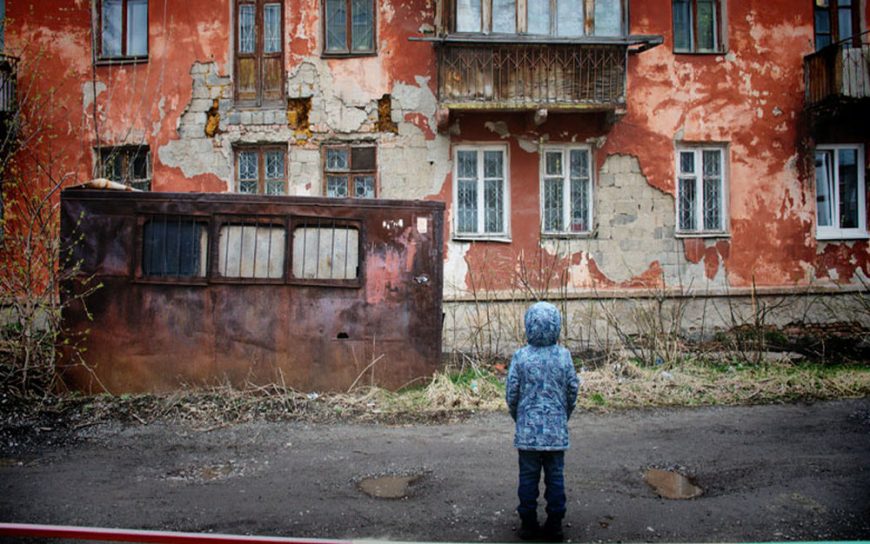Impact of Family Benefits on Persistent Child Poverty in Estonia
The family’s economic situation is one of the fundamental components of children’s well-being. Although child poverty has been researched extensively, previous studies have mostly focused on specific points in time. This article focuses on the rate of persistent poverty among children in Estonia based on the definition put forward by Eurostat, and data from the Estonian Social Survey (ESS) covering the period from 2013 to 2018. In addition to annual poverty indicators, the Estonian dataset allows for the analysis of both persistent relative and persistent absolute poverty. For the first time, however, this analysis explores whether and to what extent family benefits help reduce persistent child poverty. In Estonia, family allowances increased in the second part of 2013, coinciding with a decrease in annual child poverty rates. This analysis aims to provide an answer as to whether this trend is the result of increased family benefits, and whether it has affected rates of persistent poverty.
Population Review
Volume 60, Number 1, 2021
Type: Article, pp. 97-118
Impact of Family Benefits on Persistent Child Poverty in Estonia
Author: Hede Sinisaar
Affiliation: Head of the Analysis and Statistics Department, Ministry of Social Affairs of Estonia;
PhD candidate, Program on Sociology, School of Governance, Law and Society,
Tallinn University, Estonia
Corresponding author/address: Hede Sinisaar, Analysis and Statistics Department, Ministry of Social Affairs of Estonia; email: hede.sinisaar@sm.ee
Abstract
The family’s economic situation is one of the fundamental components of children’s well-being. Although child poverty has been researched extensively, previous studies have mostly focused on specific points in time. This article focuses on the rate of persistent poverty among children in Estonia based on the definition put forward by Eurostat, and data from the Estonian Social Survey (ESS) covering the period from 2013 to 2018. In addition to annual poverty indicators, the Estonian dataset allows for the analysis of both persistent relative and persistent absolute poverty. For the first time, however, this analysis explores whether and to what extent family benefits help reduce persistent child poverty. In Estonia, family allowances increased in the second part of 2013, coinciding with a decrease in annual child poverty rates. This analysis aims to provide an answer as to whether this trend is the result of increased family benefits, and whether it has affected rates of persistent poverty.
Keywords
Estonia, persistent poverty, relative poverty, absolute poverty, family benefits, new childhood sociology, child well-being
Note: The author has no known conflict of interest to disclose.
Acknowledgments: The author is grateful to the reviewers and the journal’s editors for their helpful comments.
© 2021 Sociological Demography Press
MLA
Sinisaar, Hede. “Impact of Family Benefits on Persistent Child Poverty in Estonia.” Population Review, vol. 60 no. 1, 2021. Project MUSE muse.jhu.edu/article/788217.
APA
Sinisaar, H. (2021). Impact of Family Benefits on Persistent Child Poverty in Estonia. Population Review 60(1), https://www.muse.jhu.edu/article/788217.
Chicago
Sinisaar, Hede. “Impact of Family Benefits on Persistent Child Poverty in Estonia.” Population Review 60, no. 1 (2021) muse.jhu.edu/article/788217.
Endnote
TY – JOUR T1 – Impact of Family Benefits on Persistent Child Poverty in Estonia A1 – Sinisaar, Hede JF – Population Review VL – 60 IS – 1 PY – 2021 PB – Sociological Demography Press SN – 1549-0955 UR – https://muse.jhu.edu/article/788217 N1 – Volume 60, Number 1, 2021 ER –
Always review your references for accuracy and make any necessary corrections before using. Pay special attention to personal names, capitalization, and dates. Consult your library for more information on citing sources.




